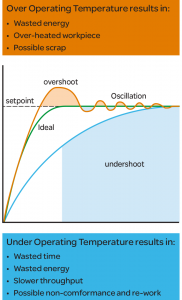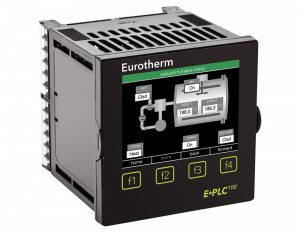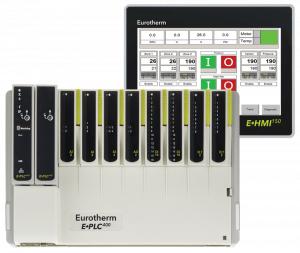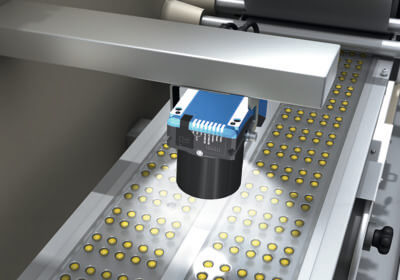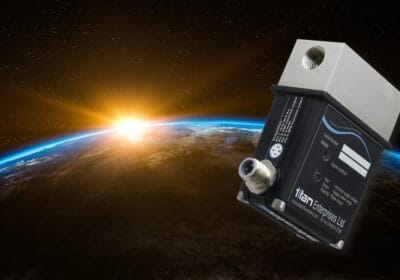What’s the difference and how do you decide what technology you need?
In general terms PLCs are probably one of most widely used pieces of control and automation technology. The clue really comes from the name PLC, or “programmable logic controller”. It is the fact that they are programmable that makes them so versatile in their application. PLCs contain a processor, memory to hold their programming and other data and input and output modules. They are usually programmed via a PC and there are a number of different industry standard (IEC 61131-3) languages that may be used.
A PID Controller is different to a PLC. It still requires inputs and outputs to receive information from the process and send signals back to control it but it contains specialist algorithms designed to control a process with one or multiple control loops. The term ‘PID’ relates to “Proportional Integral Deri vative” control.
Do you need PID control?
Control such as that provided by Eurotherm control algorithms can meet all sorts of different control needs. The benefits it offers are highlighted in a number of different areas. Eurotherm autotune algorithms (autotune helps you tune your process and achieve optimum proportional, integral and derivative term settings) save engineering time and money. The benefits of the performance of the control itself mean increased stability and process repeatability – which equate to efficient, high quality results.
Alongside world-class PID control, Eurotherm ensures that the devices it offers meet other application and industry needs. In the aerospace industry, for example, I/O must meet a certain level of accuracy and sensitivity to meet the precise thermal processing needs and quality levels this industry demands. Many more sophisticated processes also do not have a single setpoint requirement. They require a setpoint that changes over time – a setpoint profile. Flexible setpoint programmer tools are required to meet these needs without large engineering overheads.
Stable, precise control offers many benefits. Correctly applied, good control has a large impact on a plant’s profitability. It will reduce process times, improve product quality, lower costs associated with scrap, and optimize energy usage.
PLC or PID Controller?
For certain industries where precision and security are paramount, specialist PID knowledge and algorithms are needed. Features such as flexible setpoint programmers and autotune algorithms help to keep engineering budgets under control. PLCs, however, offer greater flexibility and freedom in programming to meet broader application needs. The programming languages used are also often familiar as the technology is used in many different areas of the plant.
The E+PLC range from Eurotherm by Schneider Electric takes the best of both worlds. It integrates proven Eurotherm control algorithms into a PLC platform that uses standard IEC programming languages. Engineering costs are optimized through the use of standard function blocks, re-usable engineering, flexible communications options and integrated visualisation with automated tag resolution. It offers users auto-tuned PID response that gives faster control without overshoot or oscillation and tighter, more stable control without the need for manual intervention. High resolution I/O and integrated secure recording based on decades of expertise in this area further provide a route to further lower engineering costs and obtain easier regulatory compliance.
For help with your process control or for more information on E+PLC product range please visit www.eurotherm.co.uk


